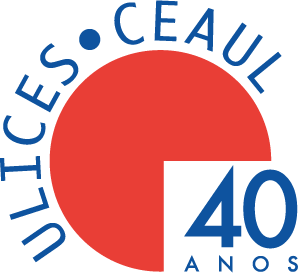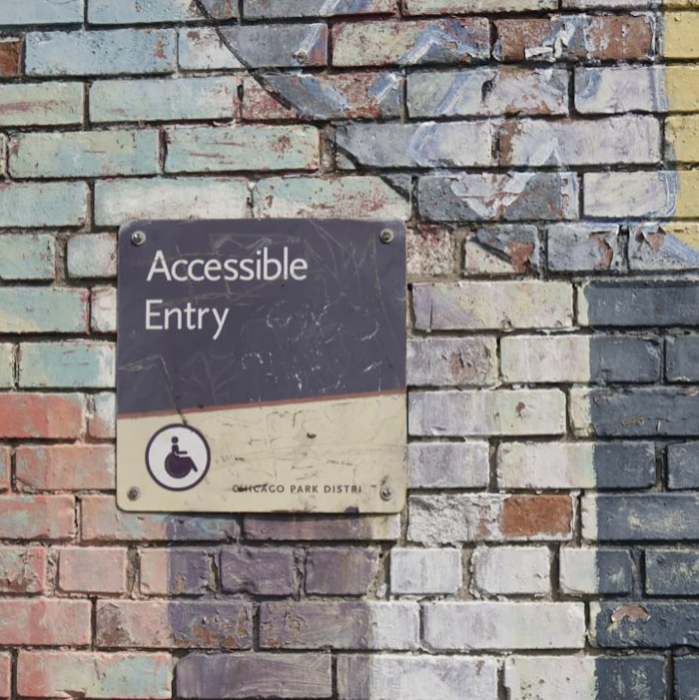Accessibility in Portugal: Practices in Public and Private Broadcasting Channels
Overall description
The development of Media Accessibility (MA) has brought to the fore concerns with the inclusion of people with disabilities in all walks of life, from the traditional audiovisual contexts (e.g. TV and cinema) to other cultural and historical venues, including other life events, such as births, weddings, and the like. The impact of MA on social inclusion cannot be overstated, as it opens up these experiences to a wider audience, thereby enriching our societal fabric.
The movement to include people with disabilities in all walks of life has consolidated the human right to access, from television and cinema to museums and live events. It has also led to the development of Accessibility Studies as a distinct area of research and Media Accessibility as a subfield focused on access to media products for users who cannot access them in their original form (Greco, 2019). The “accessibility revolution” (Greco, 2018, p. 207) followed a societal effort for inclusion driven by governmental directives addressing the needs of vulnerable communities. In media contexts, the USA and the UK have been industry pioneers since the early 1980s, but several European countries have been slowly engaging with MA practices and developing their guidelines. Initially centred on subtitling for the Deaf and Hard-of-Hearing (SDH) and audiodescription (AD), the industry has expanded to incorporate various other accessibility practices, including sign language interpreting, audio narration, and audio subtitling, addressing diverse viewer needs.
Since the early 2000s, accessibility television services have become a legal requirement worldwide, and in particular in European countries. The first steps in MA in Portugal can be traced back to the 1990s. In 1997, RTP started teletext subtitling broadcasts, followed by the introduction of the first SDH program two years later. The first experiment with AD took place in 2003 (Neves 2013).
In the early 2000s, concerted efforts were made to regulate MA, resulting in a new protocol signed by the three leading broadcasters (Presidência do Conselho de Ministros, Gabinete do Ministro da Presidência 2022), which sets a minimum number of hours per week for content broadcasted with sign language interpreting and SDH. Given the growing reliance on audiovisual content for entertainment, education, and information dissemination, this is an area of great social impact and an important tool for greater social inclusion. In Portugal, according to the latest census data (INE 2021), around 2,904,000 people have some degree of
sight loss (of which 23,400 are blind), and about 1,400,000 people have some degree of hearing loss (of which around 23,600 are deaf).
Against this backdrop, in this project, we aim to describe accessibility practices in Portugal by focusing on four different axes:
1. AVT accessibility practices (SDH, automatic subtitling, audiodescription and sign language);
2. Industry practices;
3. Users’ participation and reaction to accessibility practices;
4. Training in Portugal in the area of Media Accessibility.
For now, the team has focused on the state-sponsored channel RTP in order to offer a more in-depth look into how the accessibility services developed in the channel, their current practices and priorities, as well as the SDH and AD professionals’ working conditions and main challenges. Data has been collected via a questionnaire and follow-up in-depth/qualitative interviews with the different SDH and AD in-house professionals employed at RTP. Our findings indicate a lack of formal and institutionalized channels for direct engagement with target communities and relevant associations among MA professionals at RTP’s Accessibility Unit. Data from the interviews with RTP’s MA professionals also suggests a complex interplay between internal and external perceptions of their roles and the broader societal understanding of MA services. Interviewees pointed to a lack of awareness and recognition of their roles and responsibilities as MA professionals, leading them to work under a cloud of invisibility.
Members:
Cláudia Martins, Susana Valdez, Catarina Xavier, Sara Ramos Pinto



